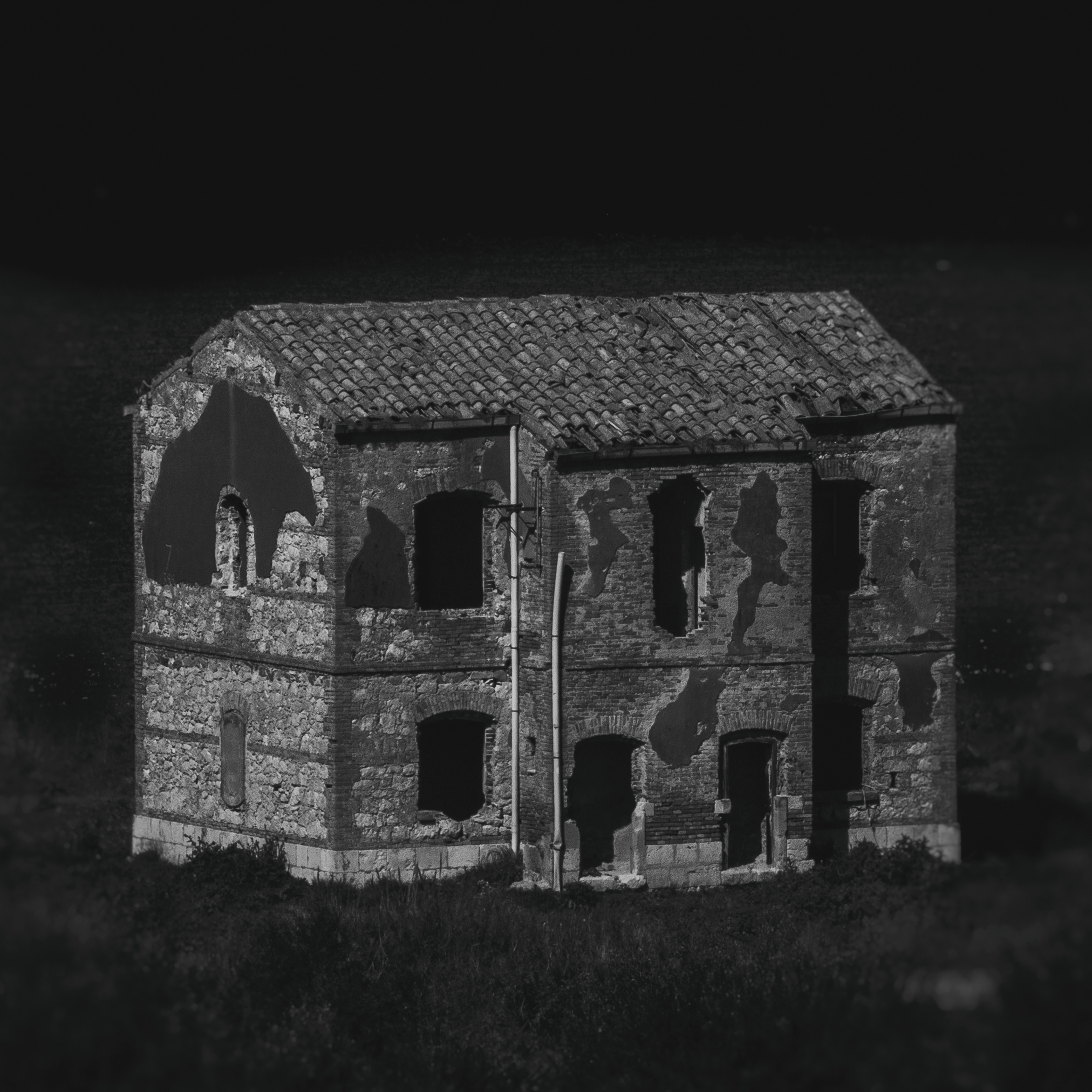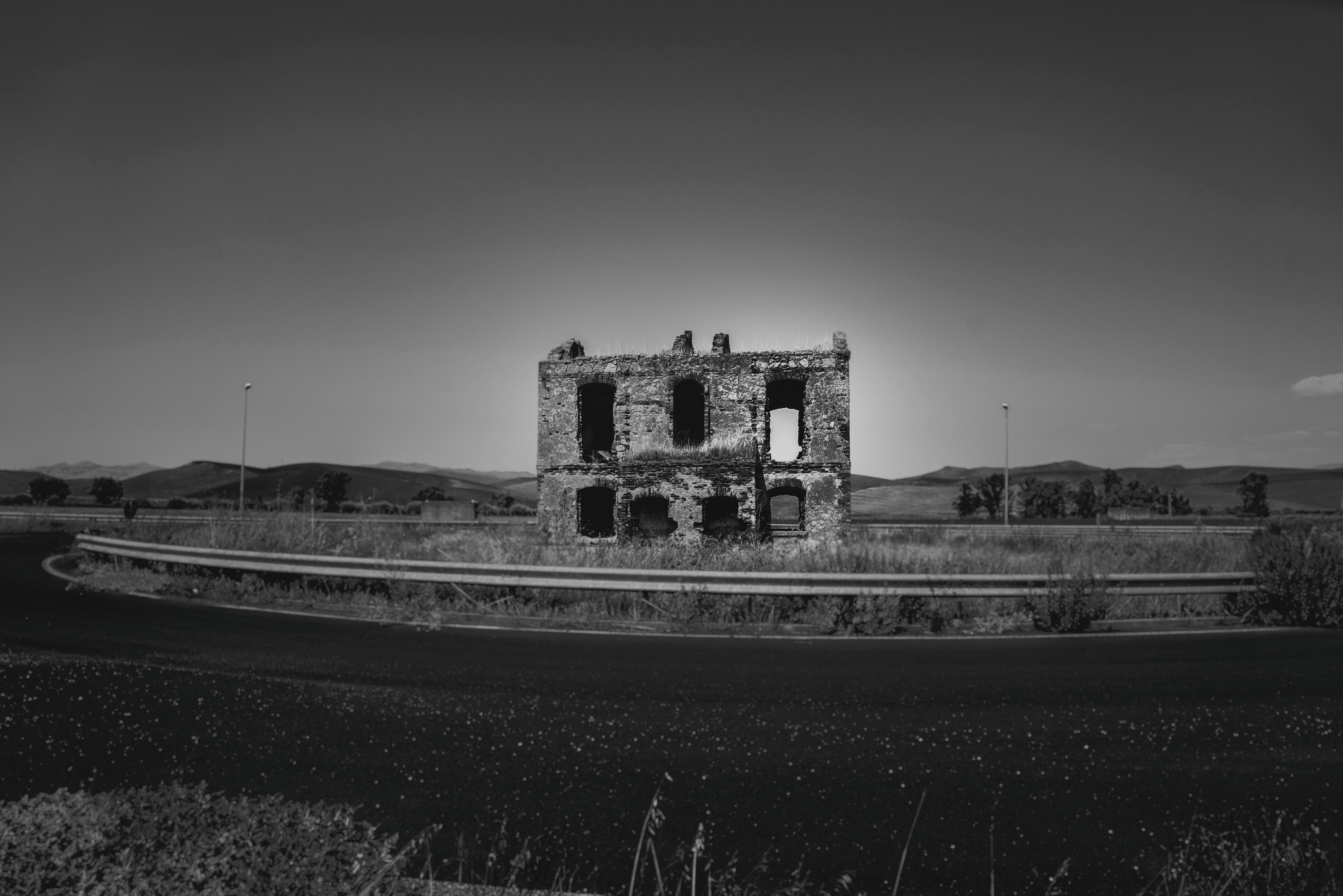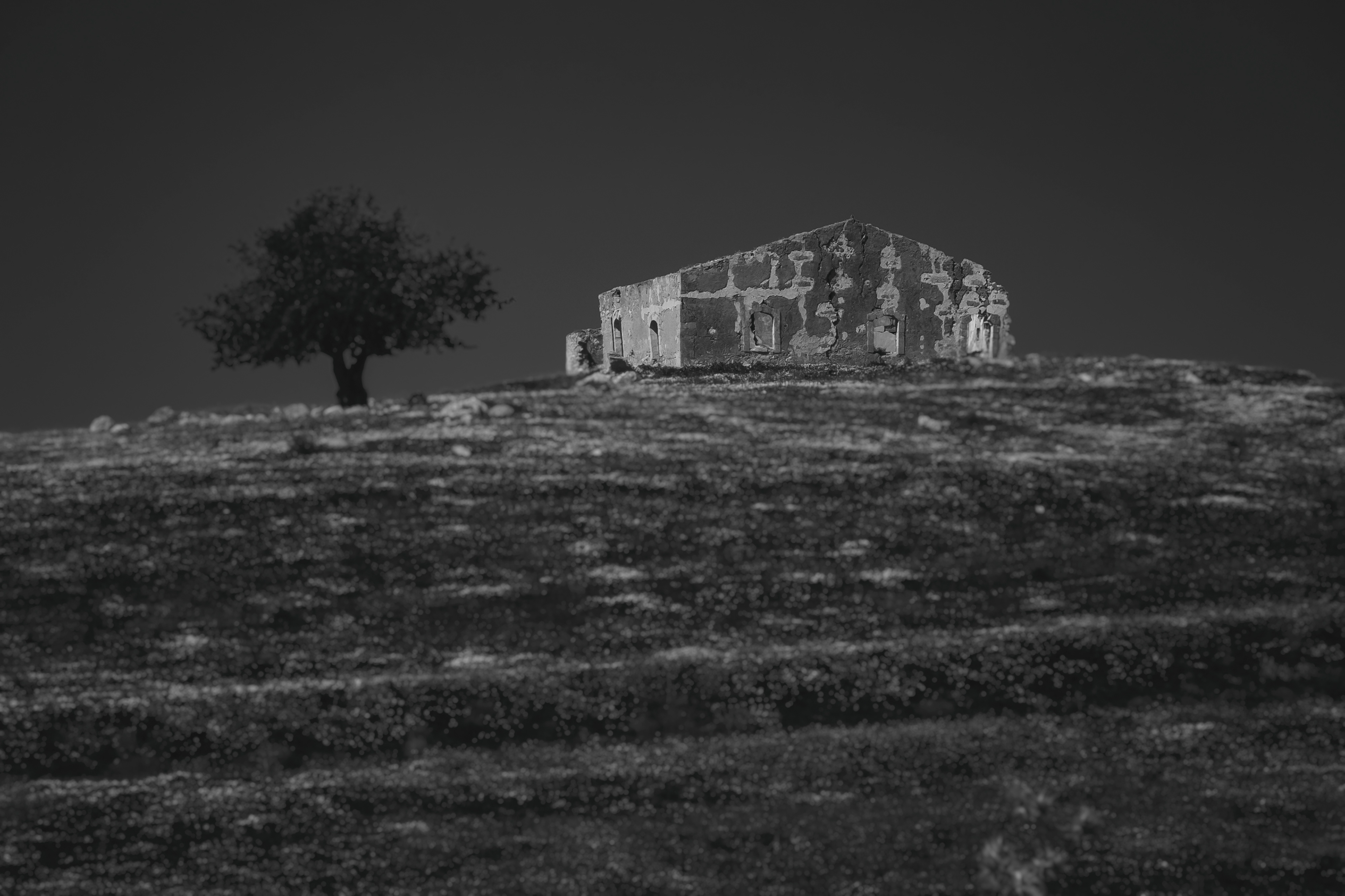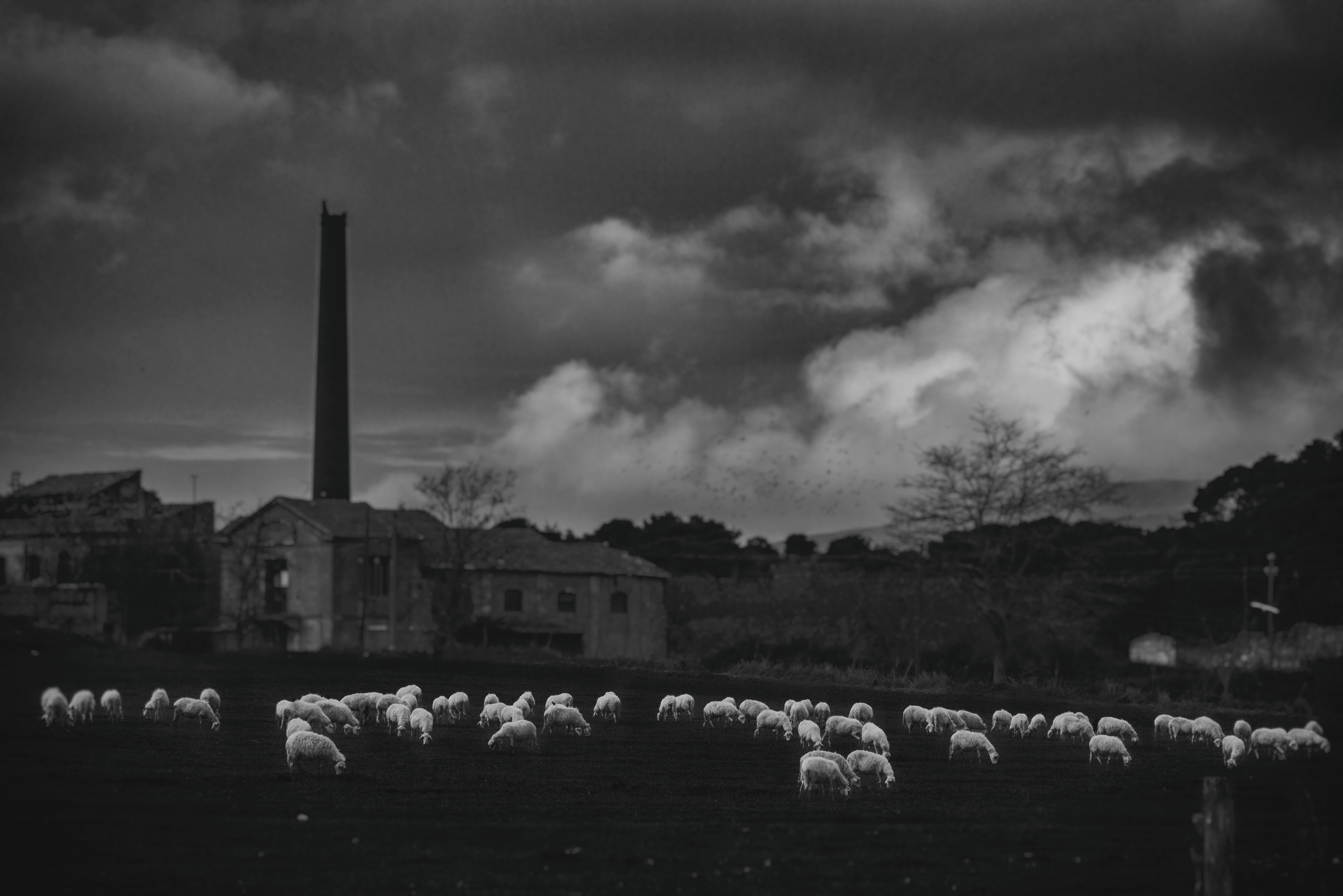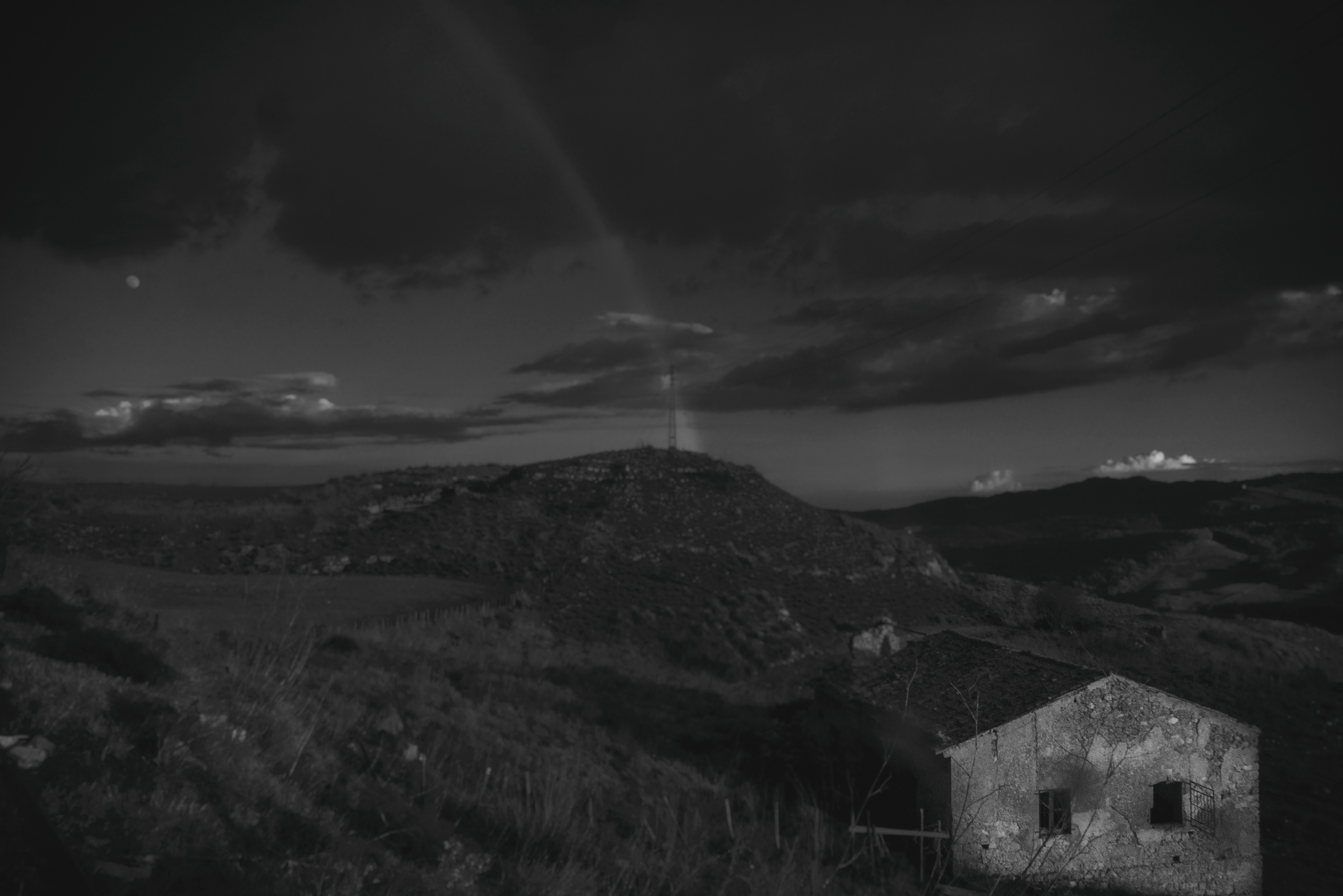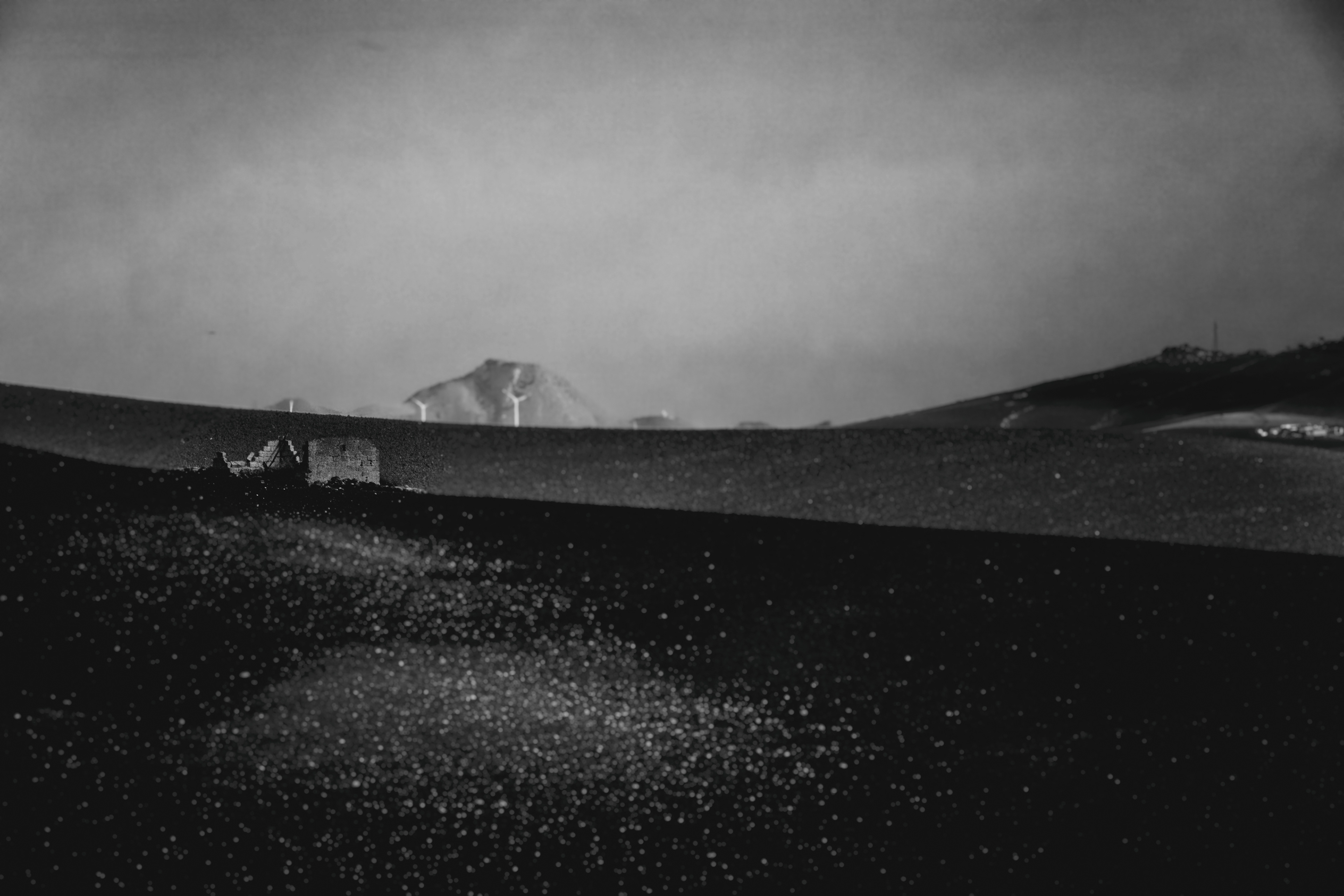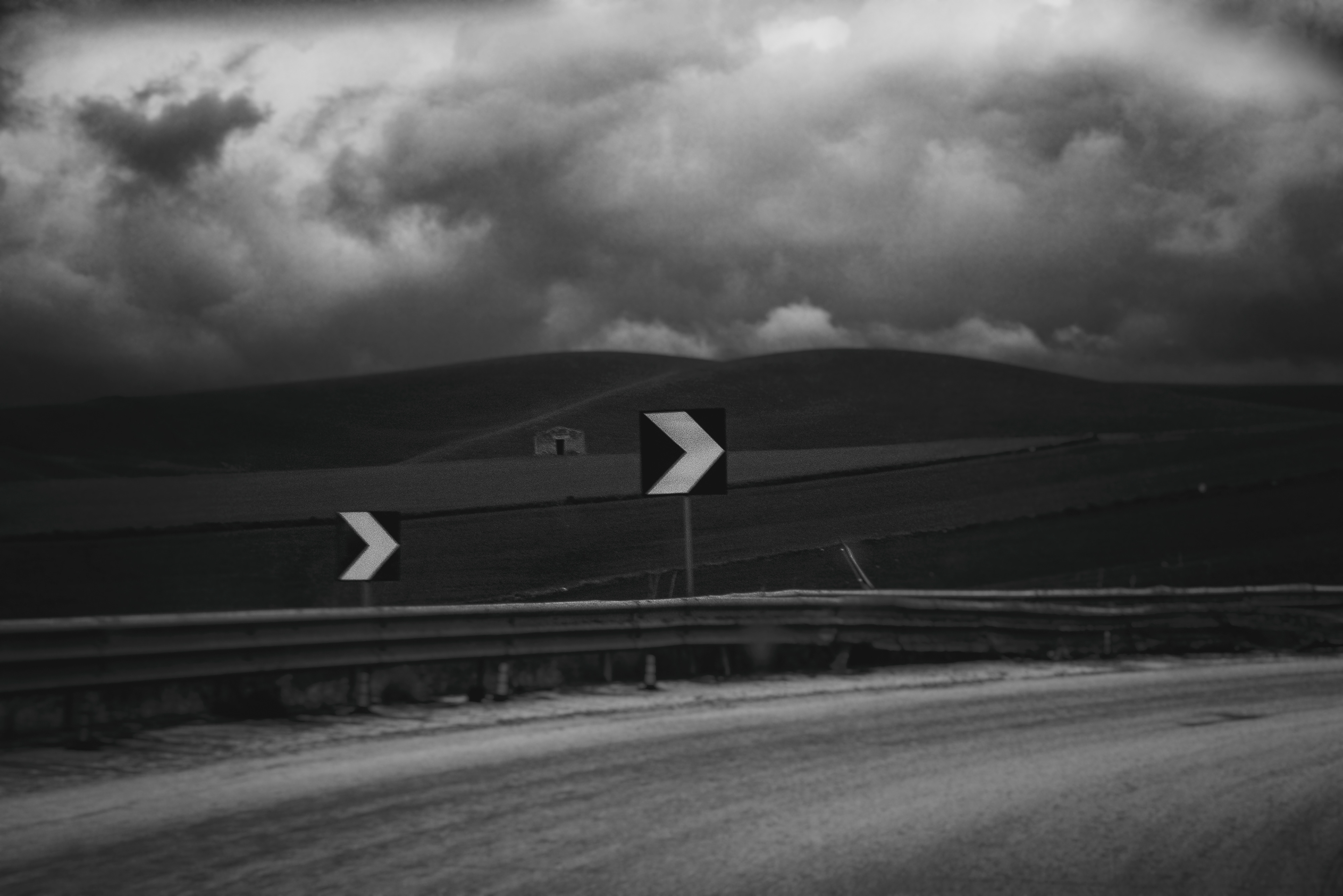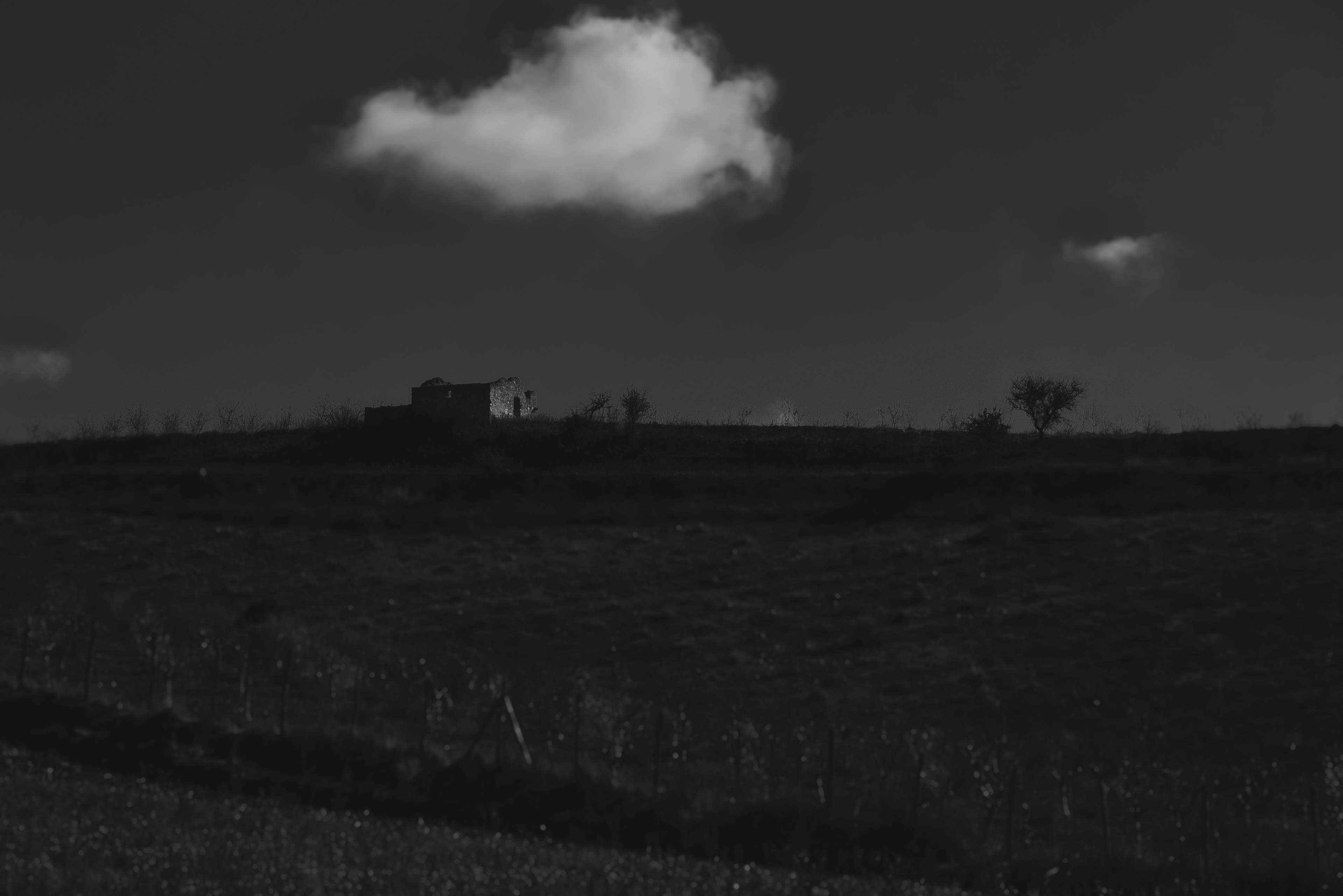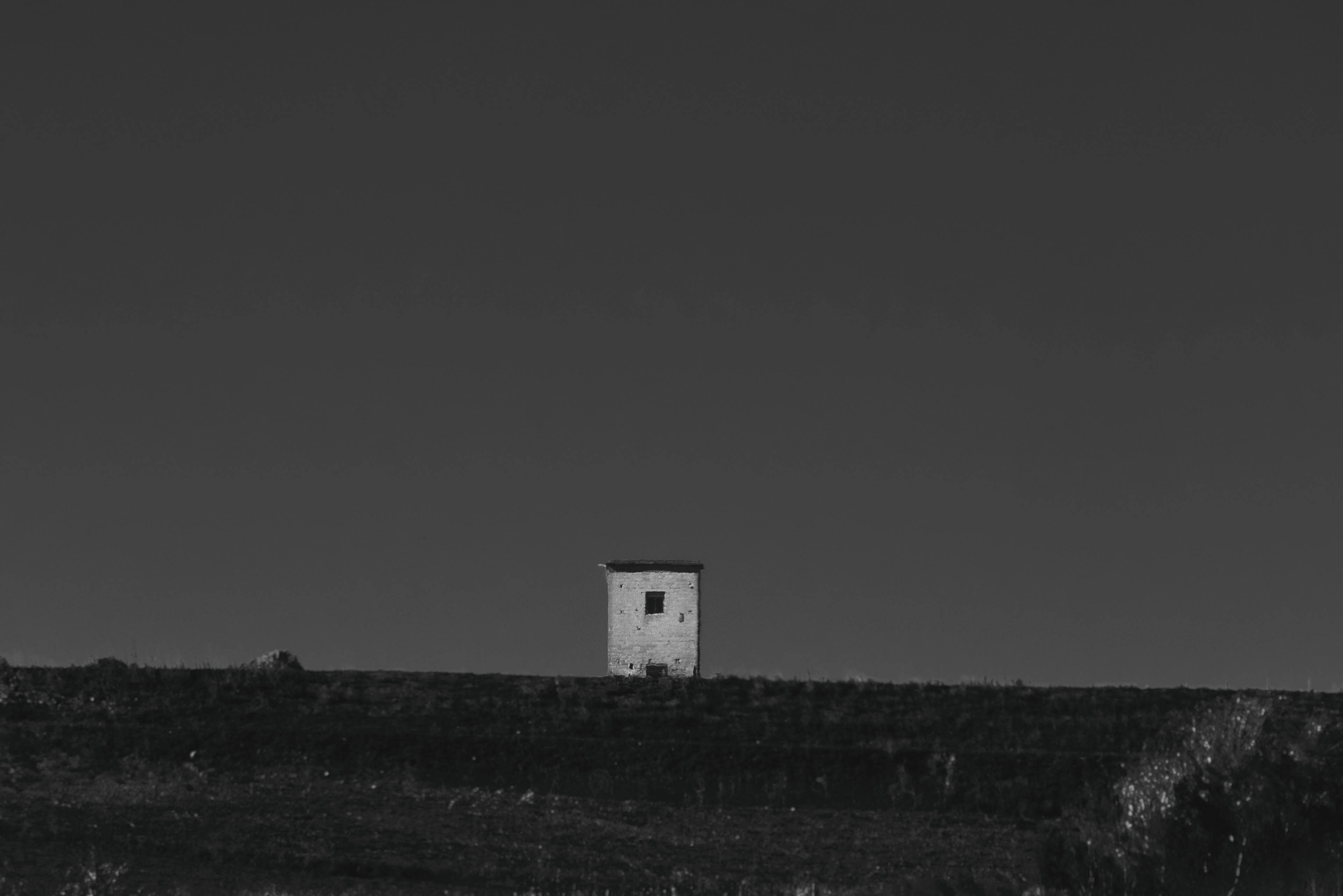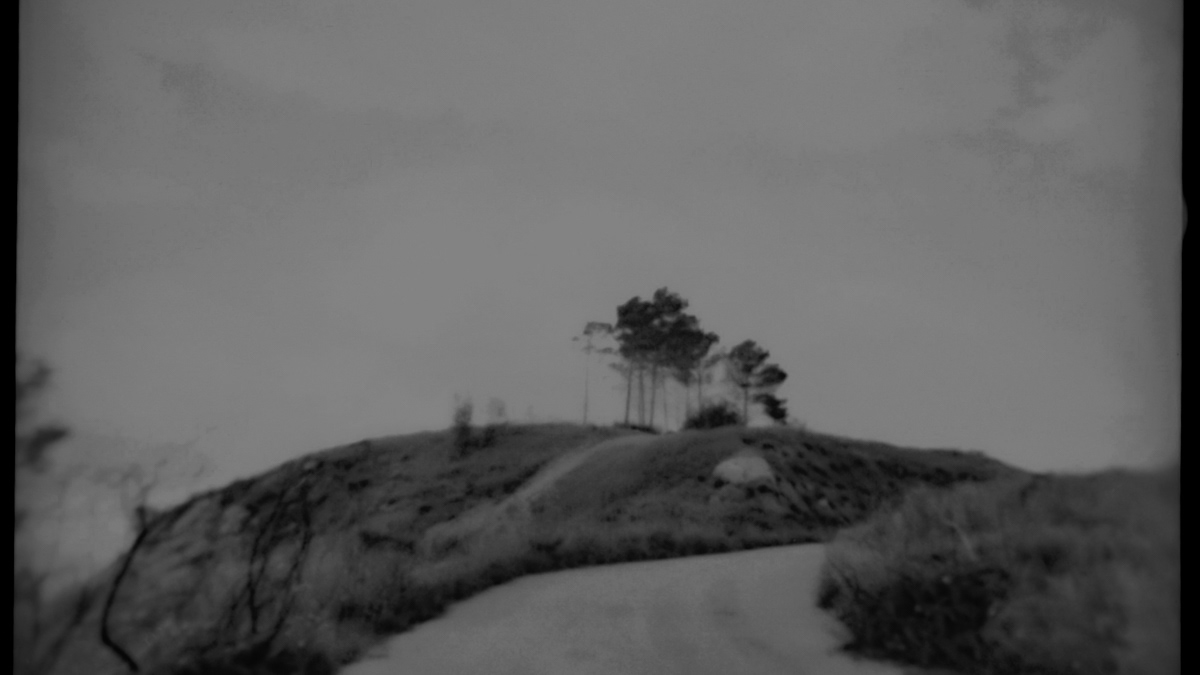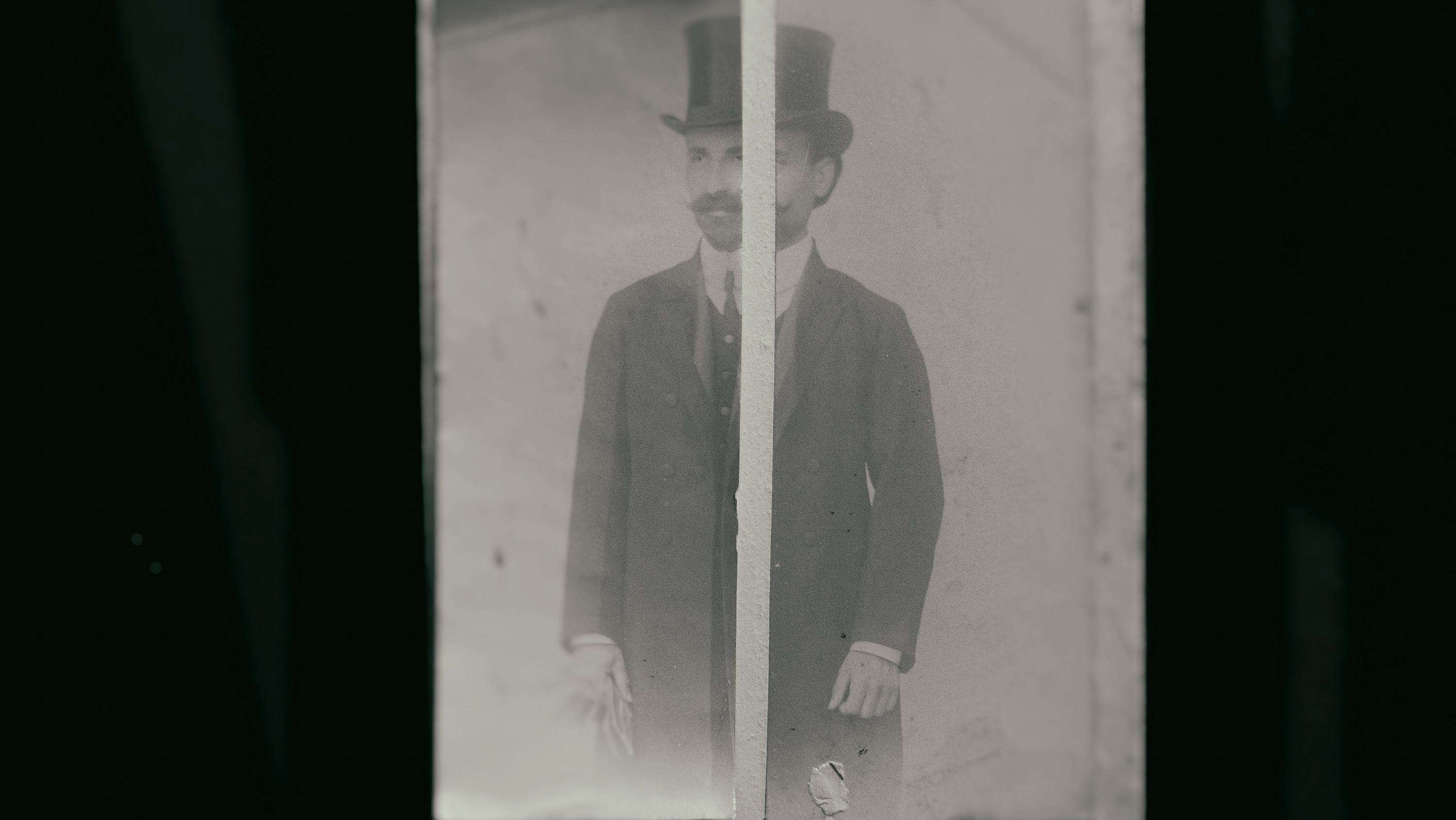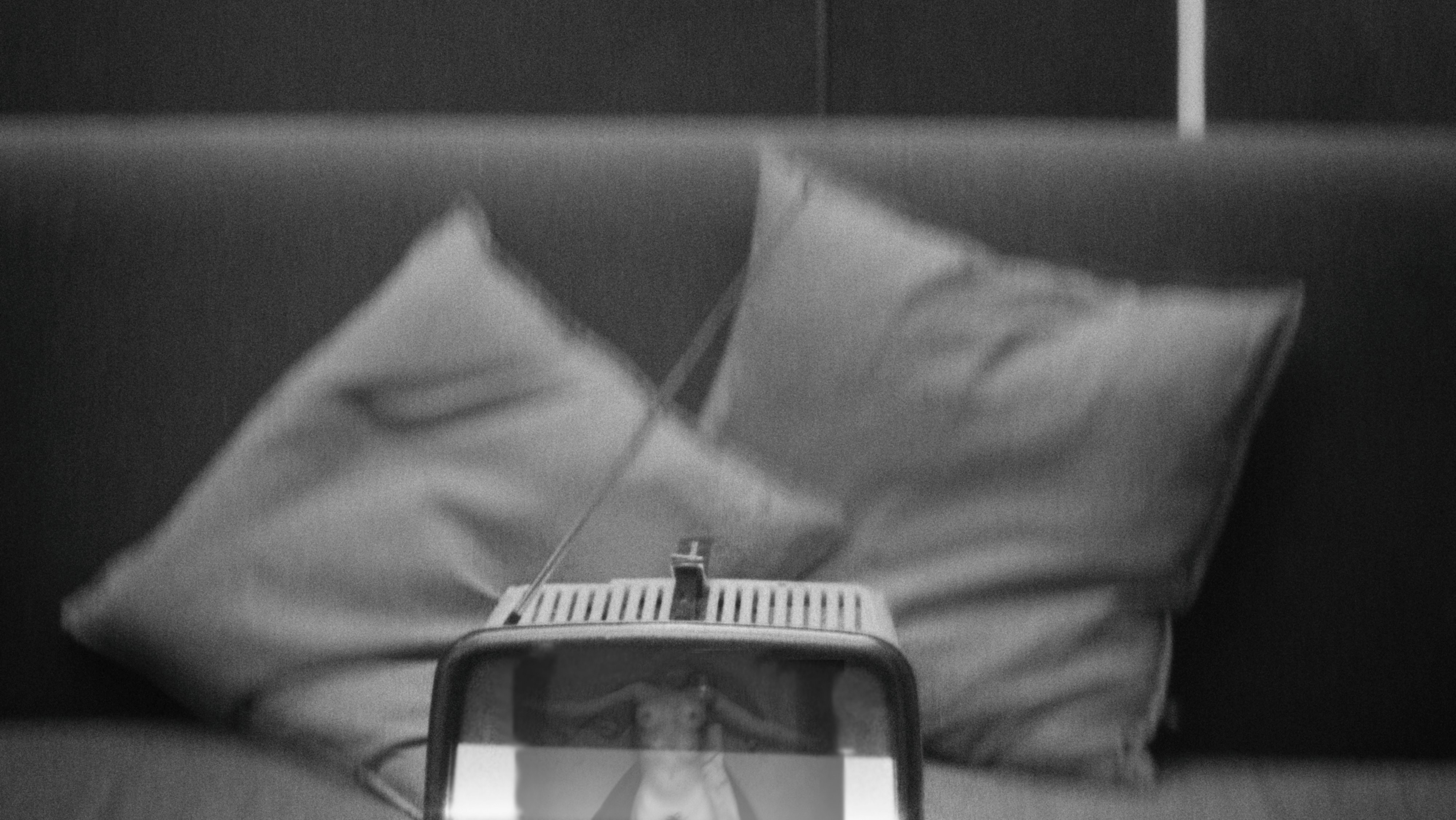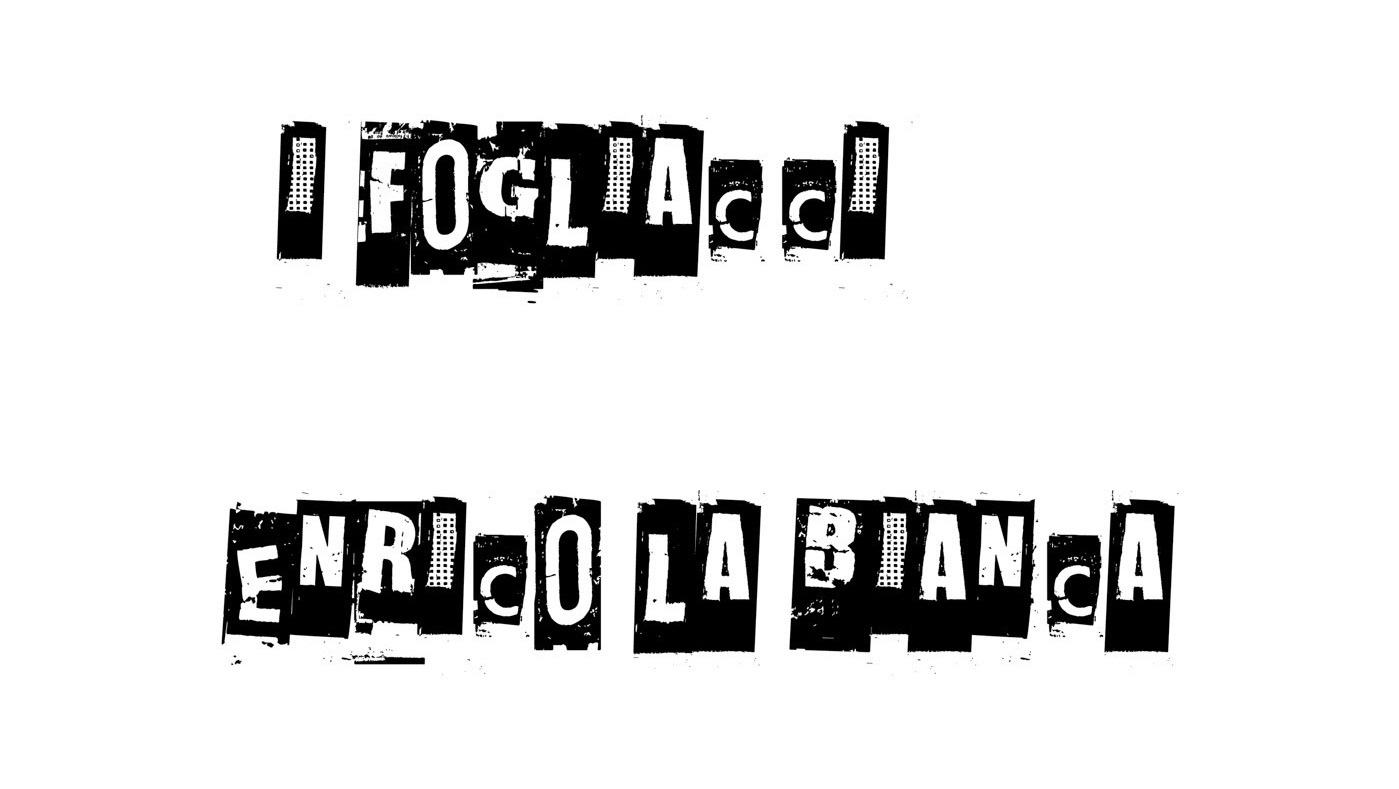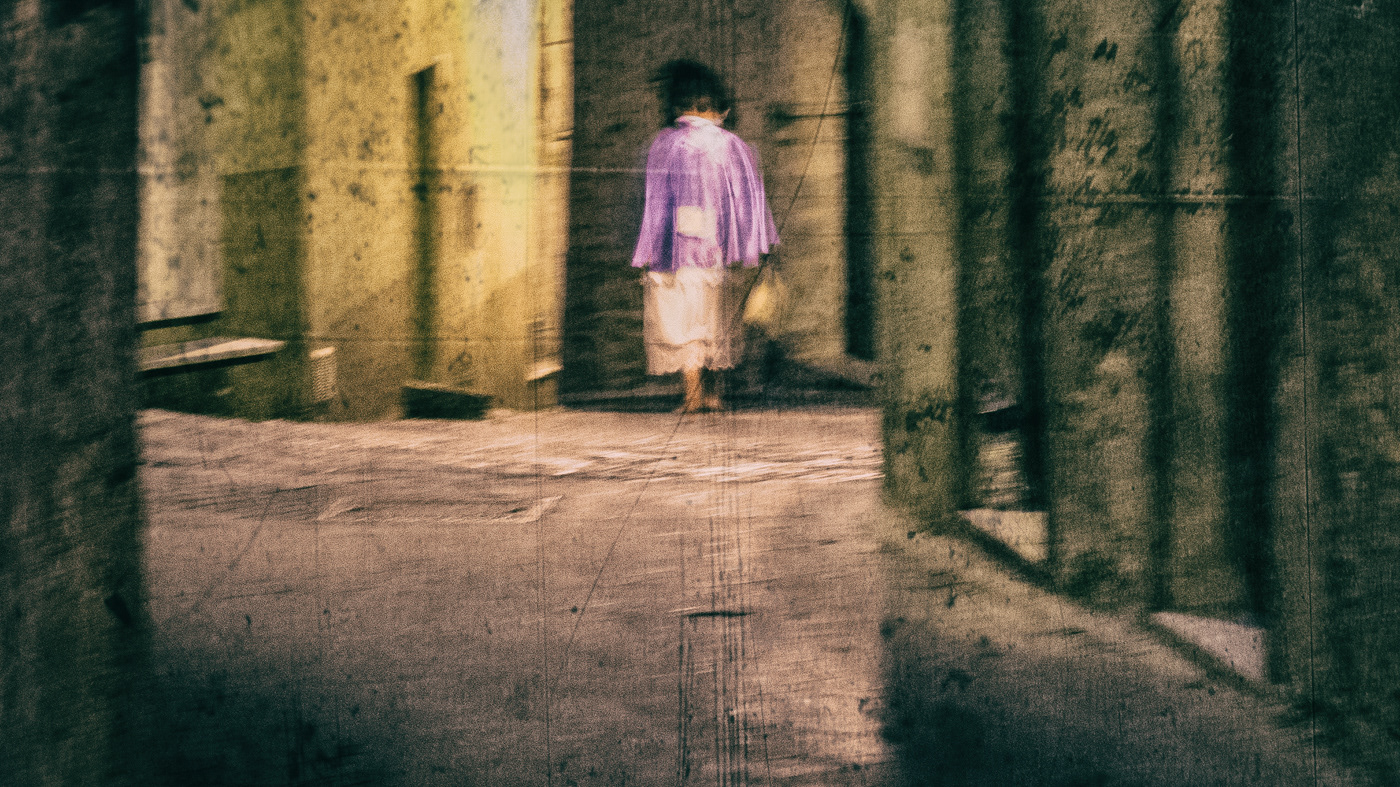Memoria, identità e l'infinita rievocazione di un esistenza.Ne "il giorno del giudizio" il filosofo Giorgio Agamben riporta un aneddoto riguardante Marcel Proust:"...era ossessionato dalla fotografia e cercava con ogni mezzo di procurarsi le foto della persona che amava e ammirava. Uno dei ragazzi di cui era innamorato quando aveva 22 anni, Edgar Auber, gli regalò, su sua insistente richiesta, il proprio ritratto.Sul verso della fotografia scrisse in guisa di dedica: "Guarda il mio volto:il mio nome è Avrebbe potuto essere, mi chiamo anche Non più, Troppo Tardi, Addio".Credo che mai dedica esprima così profondamente il desiderio, direi la vocazione ontologica della fotografia, di carpire un momento di realtà per preservarla nell'effimero territorio dell'immortalità. Ma una fotografia è realmente immortale? Obbedisce cioè, o prova a farlo, in ossequio all'espressione Faustiana del "fermati attimo!", oppure ha un suo tempo "mobile"? non c'è alcun dubbio che la fotografia, e questo fin dal suo apparire, abbia con il tempo una relazione controversa e, per certi versi, mai risolta, se non sul piano di parole d'ordine il cui potere è quello di confondere. Una fotografia, infatti, se da un lato ha la presunzione di appropriarsi del tempo, di eternarlo, come si dice con una certa supponenza, dall'altro celebra la sua supremazia su un corpo che è già defunto proprio nel momento dello scatto.Quando guardiamo una vecchia fotografia, una di quelle appartenenti ad un vecchio album di famiglia, il tempo mobile della fotografia affiora prepotentemente per rimestare l'ordine della memoria e scombinare la cognizione temporale. é per questo, forse, che la fotografia di un caro che non è più tra di noi non solo ci dice "ciò che è stato", affollando la mente di improvvisi ricordi, ma anche, e soprattutto, la terribile consapevolezza, contro la quale è vano ribellarsi, che ciò che è stato "non c'è più". eppure, e qui il paradosso è grandioso, di nostra madre, magari scomparsa da molto tempo, non diciamo "questa era mia madre" ma "questa è mia madre", come se fosse ancora con noi rivalutando un tempo presente che infiamma la memoria di momenti ritenuti perduti. l'esistenza è rievocata, la memoria recuperata e l'identità sottratta alla dissoluzione.
La memoria e l'identità sono temi sui quali enrico la bianca ha fondato la sua ricerca visiva come dominato da una magnifica, bruciante ossessione volta a celebrare il "presente fotografico", quel tempo, cioè, capace di rivalutare se stesso e imporsi come un argine alla dissoluzione dei ricordi. Il fardello non è leggero, la menoria è un carico pesante e spesso impietoso, ma è soprattutto il portato di esperienze che concorre a definire la nostra identità personale e collettiva. il tempo, dunque, con tutto ciò che ne consegue, occupa la centralità dell'attenzione di enrico la bianca: lo interroga per lasciarsi interrogare per provare a fornire una risposta consolante o, almeno, in grado di lenire le lacerazioni prodotte dalla dimenticanza. ne è un caso, forse emblematico, il riuscito "dove finiscono le cose quando le cose finiscono". già il titolo della serie suggerisce affascinanti speculazioni folosofiche, ma a noi interessa la crisi nella vita del tempo, la lotta tra ciò che è stato e ciò che non è più che, come si è visto è un tema assai "fotogenico". quello che vediamo, vecchi casolari, abitazioni contadine immerse nella vasta solitudine della campagna siciliana, non è semplicemente un censimento dell'abbandono di un manufatto, ma una silenziosa - e aggiungerei poetica- denuncia di una condizione umana costretta a un disastroso ripensamento dell'identità. laddove c'era vita ora vive l'oblio;
laddove si levavano le voci ora c'è silenzio; laddove c'era prosperità ora c'è solitudine. che paesaggio vediamo allora se non quello umano? in una torsione degli avvenimenti, quasi un sistema di ordinata resistenza da opporre al degrado, noi vediamo come l'uomo abbia utilizzato tutta al sua antica sapienza nel "vestire" la terra: i campi, obbedienti ad una geometria antica e le cui regole adorano essere tramandate, raccontano molto più di quello che dispiegano in fotografia. Ed è in questi segni che va ascoltata la bellissima poesia del silenzio che vi è contenuta. ma insieme è un grido, uno stridore di sensi, una perdita.l'identità ritorna e quei manufatti, quelle case dell'uomo non più abitate, raccontano un'altra storia, lo smarrimento di una vocazione; e un uomo senza vocazione "è condannato a vagare per l'eterno". Il paesaggio di "Dove finiscono le cose quando le cose finiscono" è testimoniale. nella vocazione metafisica di talune fotografie, così come nel più proprio realismo di altre, non è mai assente il senso della denuncia, di una voce, o ancora qualcosa, lì, presente nelle immagini, che vuole trattenerci perchè si possa avere coscienza che i luoghi dell'uomo una volta perduti continuano a parlare di noi per noi: il silenzio in fotografia non esiste. ecco che i luoghi fotografati da enrico la bianca divengono ereditari, continuano a rappresentarci sebbene abbiamo da loro distolto lo sguardo come da un dono che non abbiamo gradito, attratti dalle lusinghe di una nuova identità.
Giuseppe cicozzetti
Memory, identity, and the infinite evocation of an existence. In “Judgment Day” the philosopher
Giorgio Agamben reports an anecdote concerning Marcel Proust: «… he was obsessed with
photography and tried by all means to get photos of the people he loved and admired. One of the
boys he was in love with when he was 22, Edgar Auber, gave him his portrait on his insistent
request. On the reverse of the photograph he wrote as a dedication: “Look at my face: my name is
he it could have been; my name is also No more, Too Late, Farewell”». I believe that never
dedication expresses so deeply the desire, I would say the ontological vocation of photography, to
steal a moment of reality to preserve it in the ephemeral territory of immortality. But is a
photograph really immortal? That is, does it obey, or does it try to do so, in accordance with the
Faustian expression of "stop time!", Or does it have its own "mobile" time? There’s no doubt that
photography, and this since its appearance, has a controversial relationship with time and, in some
ways, never resolved, except in terms of buzzwords whose power is to confuse. A photograph, in
fact, if on the one hand it has the presumption of appropriating time, of eternalizing it, as they say
with a certain arrogance, on the other it celebrates its supremacy over a body that is already dead
right at the moment of the shot. When we look at an old photograph, one of those belonging to an
old family album, the moving time of photography emerges forcefully to stir up the order of
memory and upset temporal cognition. It’s perhaps for this reason that the photograph of a loved
one who is no longer among us not only tells us "what has been", crowding the mind with sudden
memories, but also, and above all, the terrible awareness, against which it is vain to rebel, that what
was "no longer exists". Yet, and here the paradox is great, of our mother, who may have disappeared
for a long time, we do not say "this was my mother" but "this is my mother", as if she were still
with us, re-evaluating a present time that inflames the memory of moments deemed lost. Existence
is recalled, memory recovered and identity subtracted from dissolution. Memory and identity are
themes on which Enrico La Bianca based his visual research as dominated by a magnificent,
burning obsession aimed at celebrating the "photographic present", that time, that is, capable of reevaluating
itself and establishing itself as a barrier to the dissolution of memories. The burden is not
light, memory is a heavy and often merciless load, but it is above all the result of experience that
helps to define our personal and collective identity. Time, therefore, with all that it entails, occupies
the centrality of La Bianca's attention: she questions him to allow himself to be questioned in order
to try to provide a consoling answer or, at least, able to soothe the lacerations produced by
forgetfulness. One case, perhaps emblematic, is the successful “Where do things end when things
end?”. The title of the series already suggests fascinating philosophical speculations, but we are
interested in the crisis in the life of the time, the struggle between what has been and what is no
longer which, as we have seen, is a very “photogenic” theme. What we see, old farmhouses, peasant
houses immersed in the vast solitude of the Sicilian countryside, isn’t simply a census of the
abandonment of an artifact, but a silent - and I would add poetic - denunciation of a human
condition forced to a disastrous rethinking of identity . Where there was life now oblivion lives;
where voices were raised now there’s silence; where there was prosperity now there is loneliness.
What landscape do we see then if not the human one? In a twist of events, almost a system of
obstinate resistance to oppose degradation, we see how man has used all his ancient wisdom in
"dressing" the land: the fields, obedient to an ancient geometry and whose rules they adore be
handed down, they tell much more than what they unfold in photography. And it is in these signs
that the beautiful poetry of silence contained therein must be heard. But at the same time it’s a cry, a
screech of senses, a loss. Identity returns and those artifacts, those human houses no longer
inhabited, tell another story, the loss of a vocation; and a man without a vocation «is condemned to
wander into the eternal». The landscape of "Where do things end when things end?" is testimonial.
In the metaphysical vocation of some photographs, as well as in the more proper realism of others,
the sense of denunciation, of a voice, or something else there, present in the images, that wants to
hold us back so that we can be aware that human places once lost continue to talk about us, for us:
silence does not exist in photography. Here the places photographed by La Bianca become
hereditary, they continue to represent us although we have looked away from them as if from a gift
we didn’t appreciated, attracted by the lure of a new identity.
Giuseppe Cicozzetti
from "Where do things end when things end?"
foto Enrico La Bianca
https://enricolabianca.myportfolio.com/
